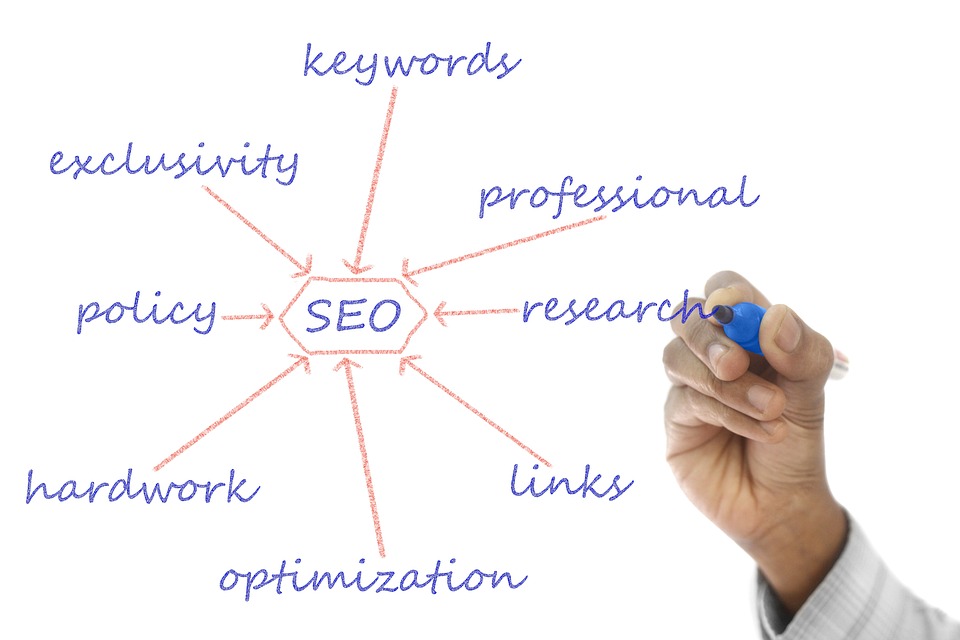Unlocking Growth Potential: How Bootstrapping Empowers Business Success
Throughout history, entrepreneurs have relied on various sources of funding to turn their business ideas into reality. From venture capitalists to bank loans, the options seem endless. However, one financing method stands out for its ability to unlock growth potential without sacrificing control – bootstrapping. In this article, we will explore how bootstrapping empowers business success by examining its benefits, exploring strategies to implement it effectively, and showcasing successful companies that have embraced this approach.
The Advantages of Bootstrapping
Bootstrapping, which essentially means starting and growing a business with little or no external funding, offers numerous advantages. One key benefit is the preservation of control and independence. By forgoing outside investments, entrepreneurs maintain full ownership over their vision, decisions, and long-term goals.
Furthermore, bootstrapping fosters resourcefulness and creativity. When faced with limited funding, entrepreneurs are forced to find innovative solutions to problems and utilize existing resources in new ways. This results in increased adaptability and resilience, creating a strong foundation for sustainable growth.
Effective Bootstrapping Strategies
While bootstrapping can be a powerful tool, it requires careful planning and execution to maximize its potential. Here are several strategies that entrepreneurs can employ to make the most of their bootstrapping journey:
1. Prioritize Minimalism
Embrace the philosophy of minimalism by focusing on what is essential for your business. Avoid unnecessary expenses and extravagant features that could divert resources from core objectives. By doing so, you can allocate funds where they truly matter, and maintain a lean and efficient operation.
2. Leverage Existing Networks
Take advantage of your personal and professional networks to access valuable resources and expertise. Building a strong network can provide access to mentors, potential business partners, and even customers. By leveraging these relationships, you can tap into opportunities that may have otherwise remained out of reach.
3. Embrace Frugality
Develop a culture of frugality within your business by instilling cost-consciousness across all levels. Encourage employees to seek cost-saving measures and reward innovative cost-cutting ideas. By fostering a mindset of frugality, you can reduce unnecessary expenses and maximize the impact of every dollar spent.
4. Pursue Incremental Growth
Instead of pursuing rapid expansion, focus on steady, incremental growth. Prioritize sustainable revenue streams and reinvest profits back into your business. This approach allows for controlled and manageable growth while minimizing the risks associated with escalating expenditures.
Success Stories: Thriving through Bootstrapping
Countless successful companies have utilized bootstrapping as the foundation of their growth. One notable example is GitHub, the widely used software development platform. When the founders started GitHub, they relied on their personal savings, remaining frugal and operating out of a cramped apartment. This bootstrap mentality enabled them to focus on developing a robust and valuable product, which eventually attracted the attention of investors.
Another example is Mailchimp, the email marketing platform. Instead of seeking external funding, the founders focused on building a product that users loved. This customer-centric approach fueled organic growth, and the company steadily reinvested profits back into expanding their services. Mailchimp’s bootstrapping strategy allowed them to retain control, nurture a strong company culture, and ultimately achieve remarkable success.
In Conclusion
While external funding options may seem enticing, entrepreneurs should not overlook the empowering potential of bootstrapping. By preserving control, fostering resourcefulness, and implementing effective strategies, bootstrapping allows businesses to unlock growth potential while maintaining their independence. As history has shown through the success of companies like GitHub and Mailchimp, embracing the bootstrap mentality can be the catalyst for building extraordinary businesses.









